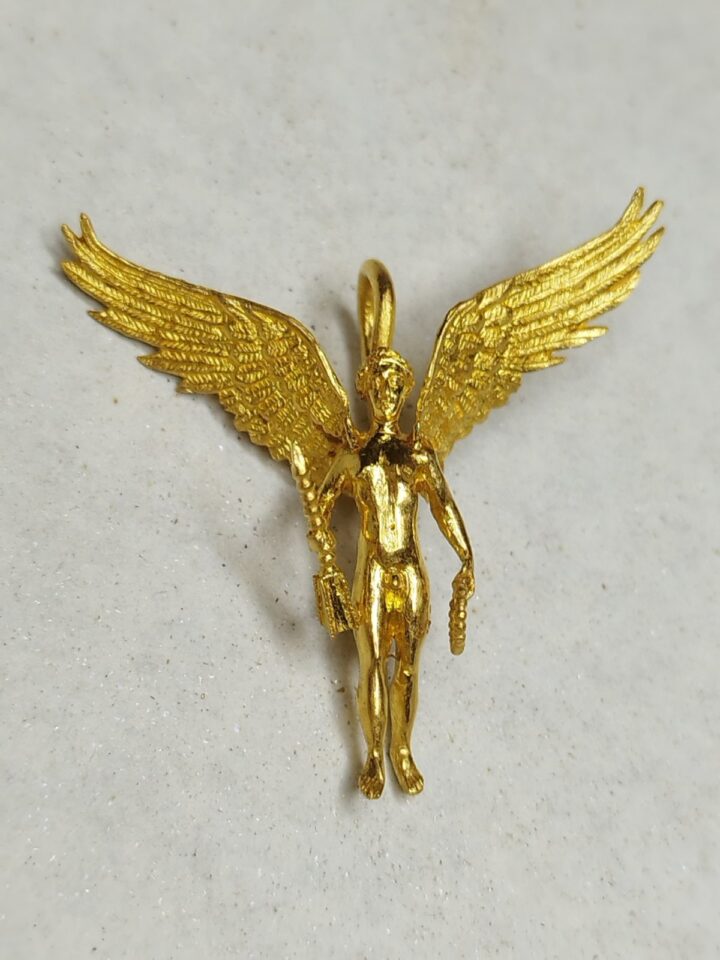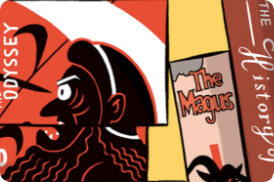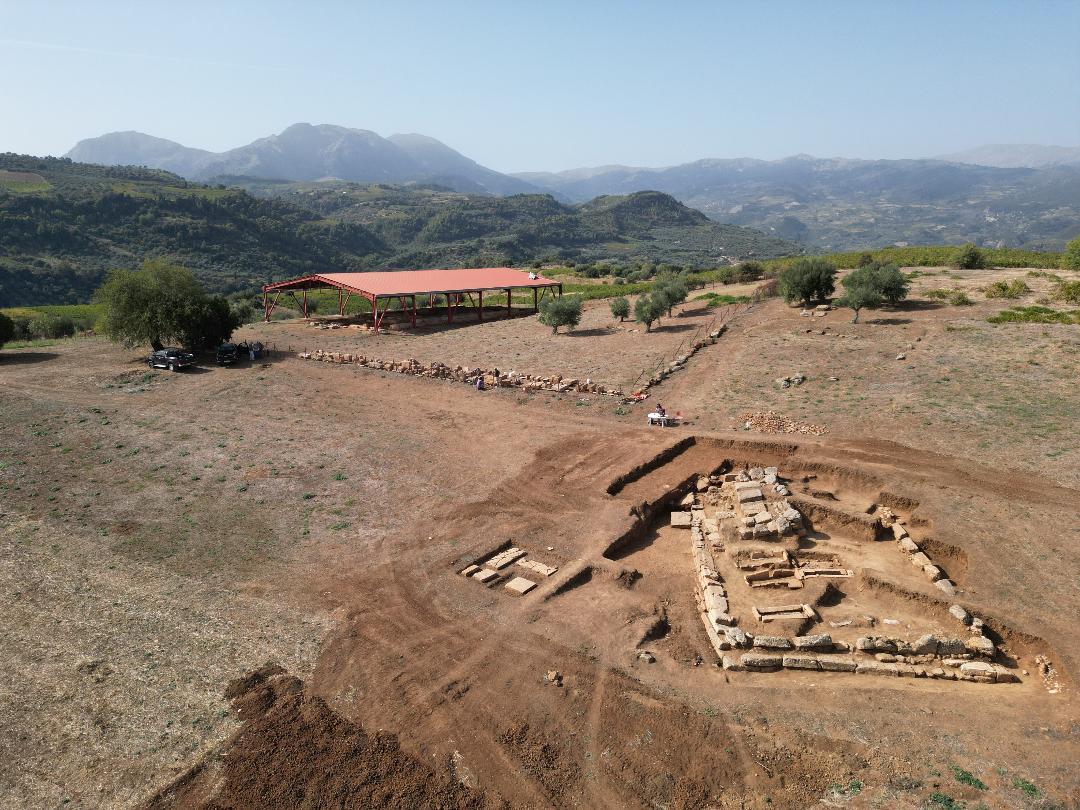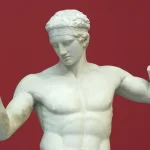Greek archaeologists have uncovered significant findings at the site of Trapeza, located about eight kilometers southwest of Aigio, Greece. According to a press release from the Greek Ministry of Culture, the site is believed to be the ancient city of Rypes, which thrived in early historical times and later played a role in founding the colony of Croton in Magna Graecia, the coastal areas of southern Italy that were settled by Greek colonists in ancient times.
This year’s excavations focused on a public building, known as Building C, situated near the city’s temple area. The structure, which dates back to before 300 B.C., was buried under collapsed stone blocks. Once the debris was cleared, archaeologists revealed part of the building’s foundation, including a long southern wall measuring 16.8 meters.
One of the most striking discoveries was the building’s decorative elements. Corinthian-style half-columns were found along the façade, featuring intricate carvings and elegant details. Experts noted that the columns displayed unusually compact proportions, similar to designs seen in the famous Temple of Apollo at Bassae.
The structure’s façade is believed to have stood about three meters tall and featured decorative slabs between the columns. Researchers described it as one of the earliest examples of Corinthian architecture used in a public or funerary monument.

In addition to architectural features, the excavation uncovered undisturbed burials containing precious artifacts of high artistic value. Among the findings were a pair of gold earrings with lion heads, a solid gold earring depicting a winged Eros holding a scepter and a wreath, a gold necklace ending in lion-head busts, a gold ring, and a gold coin. Other items included an iron strigil (used for body cleansing) and iron buttons wrapped in fabric. These discoveries indicate the wealth and high social status of the individuals buried there.
These findings provide new insights into the architectural and cultural achievements of ancient Rypes, shedding light on its role as a center of art, trade, and early Greek colonization.
Cover Photo Credit: Greek Ministry of Culture
















